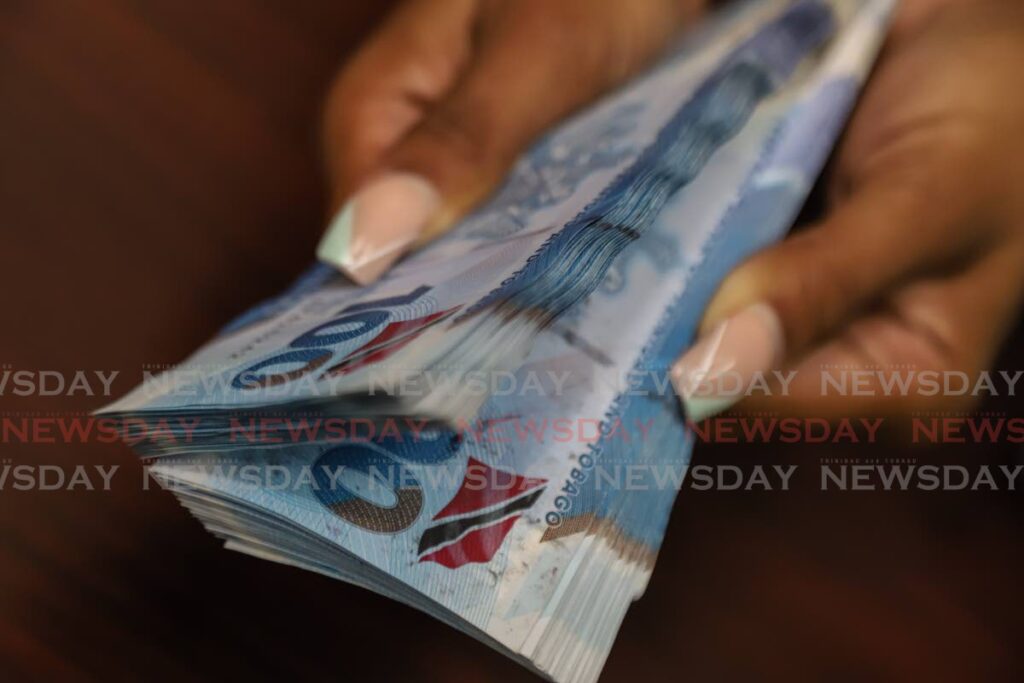Business
Newsday

TUCKED away near the end of the Central Bank’s late-March update on its multi-year strategic plan is the disclosure that by the end of this year, there could be a new $100 banknote.
The current polymer notes – introduced in a surprise demonetisation in 2019 that saw $476.5 million in bills “lost” because people were unable or unwilling to convert them – replaced the less durable cotton-based notes previously used.
The 2024 series, the bank said, will be the “first update” of the polymer notes and will be very similar to what currently exists, while adding security features. All of this is pursuant to its normal functions, in which “designs are adjusted periodically, taking into account ongoing developments in technology and security features.”
While there is no indication of plans to demonetise current bills, the announcement has nonetheless triggered jittery fears of a repeat of what occurred five years ago.
The December 2019 exercise was meant to be a shock to the system.
An internal Central Bank review, by a team led by Governor Alvin Hilaire himself in June 2020, made clear that the sweeping and dramatic action of giving people only three weeks’ notice before bills were withdrawn was intentional.
“The key objective of this was to aid in the effort to combat financial crimes, particularly those involving significant cash transactions and holdings of cash from underground,” the document states.
“In the effort to capitalise on the element of surprise and minimise the capacity of criminal elements to circumvent the measures geared at limiting redemption of the $100 cotton notes from illegal sources, the TT authorities adopted an aggressive timetable.”
The “aggressive timetable” – coinciding with Christmas – was onerous. Eventually, authorities introduced restricted categories in which exchanges were allowed after the deadline of December 31, 2019.
The difficulties that people, particularly the vulnerable and disadvantaged, had in exchanging their notes, and the security issues that arose, could not be ignored.
But there’s no sign any of that is happening this time around. The planned changes seem in line with modifications, not demonetisation.
All over the world, central banks routinely adjust bills. This occurs with the Federal Reserve in the US and with the Bank of England in the UK, where new bills bearing a portrait of King Charles III will appear in June.
But notes featuring Elizabeth II will still remain legal tender there. Interestingly, the same company that prints our money prints theirs.
Since it was introduced in 1977, the Central Bank has adjusted the blue $100 note repeatedly. In 1985, the picture of the old Treasury Building in the capital city, which once housed the bank, was replaced with the Eric Williams Financial Complex; the bird-of-paradise watermark was introduced.
In 2002, 2006 and 2009, more tinkering occurred: borders were changed, and iridescent bands, textured numerals and a shield hologram were introduced.
Though memories of 2019 are fresh, there is no reason to doubt the upcoming changes will be any less routine.
Still, all this may be cause to do something else the bank wants: move away from cash.
